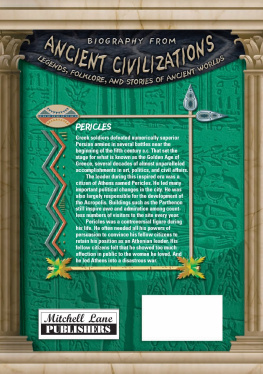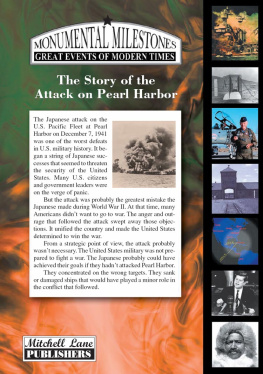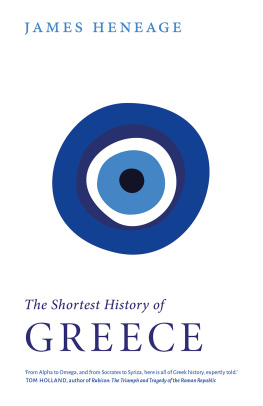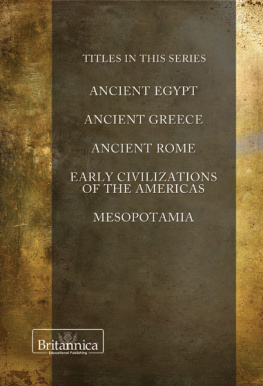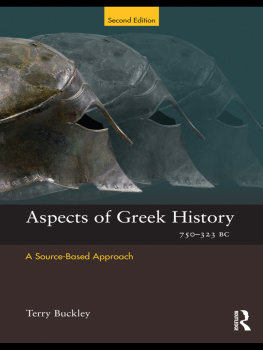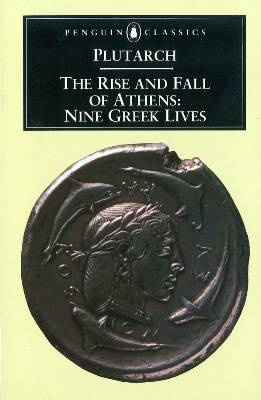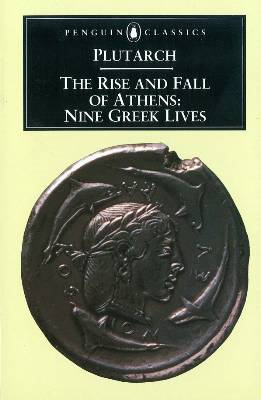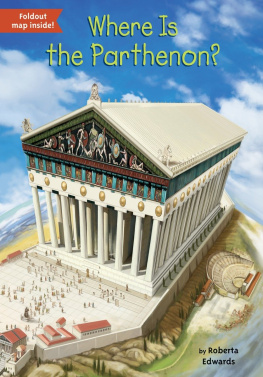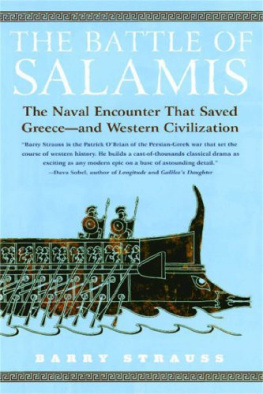


The Life and Times of
Alexander the Great
Archimedes
Augustus Caesar
Buddha
Catherine the Great
Charlemagne
Cleopatra
Confucius
Constantine
Genghis Khan
Hammurabi
Homer
Joan of Arc
Julius Caesar
Marco Polo
Moses
Nero
Pericles
Rameses the Great
Socrates

Copyright 2005 by Mitchell Lane Publishers, Inc. All rights reserved. No part of this book may be reproduced without written permission from the publisher. Printed and bound in the United States of America.
Printing 2 3 4 5 6 7 8
Library of Congress Cataloging-in-Publication Data
Whiting, Jim, 1943
The life and times of Pericles / by Jim Whiting.
p. cm. (Biography from ancient civilizations)
Includes bibliographical references and index.
ISBN 1-58415-339-3 (library bound)
1. Pericles, 449429 B.C.Juvenile literature. 2. GreeceHistoryAthenian supremacy, 479431 B.C.Juvenile literature. 3. Athens (Greece)Politics and governmentJuvenile literature. 4. StatesmenGreeceAthensBiographyJuvenile literature. 5. OratorsGreeceAthensBiographyJuvenile literature.
I. Title. II. Series.
DF228.P4W47 2005 938'.04'092dc22
2004024604
ISBN-13: 9781584153399
eISBN 978-1-5457-4846-6
ABOUT THE AUTHOR: Jim Whiting has been a journalist, writer, editor, and photographer for more than 20 years. In addition to a lengthy stint as publisher of Northwest Runner magazine, Mr. Whiting has contributed articles to the Seattle Times, Conde Nast Traveler, Newsday, and Saturday Evening Post. He has edited more than 100 Mitchell Lane titles in several series. A great lover of classical music and history, he has written many books for young adults, including The Life and Times of Irving Berlin and The Life and Times of Julius Caesar (Mitchell Lane). He lives in Washington state with his wife and two teenage sons.
PHOTO CREDITS: Cover, pp. 1, 3Archive Photos/Getty Images; p. 6Jamie Kondrchek; p. 9Hellenic Ministry of Culture; p. 11World Maps; pp. 12, 40Bettman/Corbis; p. 14Livius; p. 18Superstock; p. 20Yasou; p. 22SNC; p. 30Time Life Pictures/Mansell/Getty Images; p. 33Birmingham Museum and Art Gallery; p. 34Hulton Archive/Getty Images; p. 36insecula.
PUBLISHERS NOTE: This story is based on the authors extensive research, which he believes to be accurate. Documentation of such research is contained on page 47.
The internet sites referenced herein were active as of the publication date. Due to the fleeting nature of some web sites, we cannot guarantee they will all be active when you are reading this book.
PLB4
The Life and Times of
PERICLES
*For Your Information

WINNING AGAINST ALL ODDS
On a hot summer morning, a small Athenian army looked out anxiously from their hillside camp across the plain of Marathon. Less than nine thousand strong, they saw what seemed to be a sea of Persian warriors. In 490 B.C., Persia was the worlds leading superpower, ruling a vast empire that stretched in an unbroken swath from modern India to Turkey. For several generations, Persian soldiers had acquired a reputation for invincibility. Sometimes their opponents would surrender without a fight. Their ferocity was the main reason the Persian Empire had steadily expanded.
Now it was the Athenians turneven though they occupied a puny territory encompassing just a few hundred square miles. A few years earlier, Athensone of hundreds of tiny city-states that dotted the map of Greecehad supported a brief rebellion by the Greek settlement of Miletus (see map on p. 11), which lay on the west coast of modern-day Turkey. The rebellion had been ruthlessly crushed. The Persians decided to punish the Athenians for helping to support it. They sent hundreds of ships and an estimated 30,000 men to capture the city. This formidable force splashed ashore in the expansive Bay of Marathon.
The Athenians, forewarned of the Persian landing, sent their entire army to Marathon and arrived in time to control the one road that led to Athens, about 20 miles away. The two sides faced each other for more than a week without taking any action. The Athenians had hoped that the Spartansanother city-state famous for the high quality of its warriorswould join them in this crucial fight. But a day or two earlier, a long-distance runner named Pheidippides (pronounced fie-DIP-uh-deez) had returned from Sparta with chilling news. The Spartans were in the midst of a religious ritual. They would come when it was over, in about a week.
On this morning, the Athenians didnt have a week. They didnt even have a few hours. Athenian lookouts spotted part of the enemy force reboarding their ships. The tactic was obvious. Marathon was on one side of a peninsula. The city of Athens was on the other side. The bulk of the Persian army would remain at Marathon to tie down the Athenians. The troops now clambering onto the ships would sail around the tip of the peninsula, head up the other side, and easily capture the undefended city.
The Athenian generals held a brief conference. They had already decided how they would fight the battle. Now it was time to put their plan into action. They passed their orders to the troops. The men were not professional soldiers. Nearly all of them owned small farms in the countryside outside Athens or operated small businesses inside the city. They had to purchase their own army equipment. Now it was time to use it.
Grimly, the men began fastening bronze shinguards called greaves onto their lower legs. Bronze corselets protected their chest, stomach, and back. Heavy bronze helmets sported horsehair crests that seemed to add another foot to their height. Then they grabbed their hoplonsthick, round wooden shields three feet in diameterand their long wooden spears tipped with deadly iron points. They must have been perspiring heavily. Temperatures were already well into the 80s, and their equipment weighed over 50 pounds.

These are bronze greaves. Athenian soldiers strapped them onto the front of their shins. They provided protection for the soldiers lower legs against sword thrusts.
After forming their units, they came down off the hill and began marching toward the Persian lines, about a mile away. As they drew closer, Persian archers launched arrows at them. The Athenians raised their shields. Nearly all of the missiles bounced harmlessly away. Singing their battle song, the Athenians readied their spears and began jogging toward the enemy.
While the advancing Athenians may have seemed like an unbroken line to the waiting Persians, that wasnt quite the case. They were divided into three sections, and those sections were not of equal strength. As the Persians soon discovered, the center consisted of just over a thousand men. Even though they werent as heavily armed as their attackers, the Persians opposite the Athenian center absorbed the initial charge and began pushing the Athenians back. Their generals must have smiled as they anticipated yet another military success.
Next page
